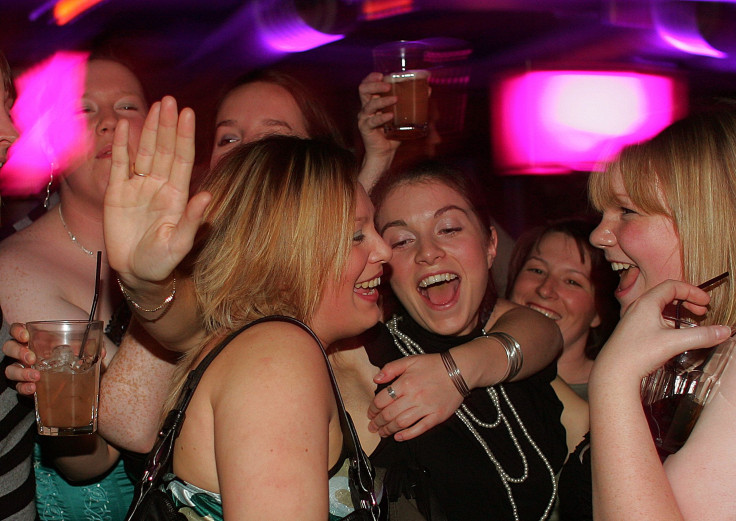Binge Drinking More Common Among Teens Who Watch Movies Featuring Alcohol Use

Commonly, parents worry about their teens being exposed to violence and sex while watching movies, yet no one even considers the effects of passively watching good-looking actors booze their way to a Hollywood Ending. No one, that is, but Dr. Andrea Waylen, a senior lecturer in social science at University of Bristol. She and her colleagues discovered kids who logged the most hours watching cinematic alcohol use were 70 percent more likely to binge drink than kids with the lowest exposure times.
As a result of her study, Waylen and her colleagues now advocate for alcohol ratings and warnings, similar to those which currently caution for violence and sexual content. Perceptively, she notes that movies don’t often show their appealing characters vomiting, hung over, or sick. Movies that do show alcohol’s downside often play the scenes for laughs. Most movie portrayals of the drinking life, then, are insufficient at best, inaccurate at worst.
Screen Time
Waylen and her co-researchers collected data from a study that surveyed 15-year-olds, more than 5,000 of them, on a variety of topics. Asked about their drinking habits, the United Kingdom teens then answered questions about which of 50 movies they’d seen, a range of popular fare from the study’s era, which included Bridget Jones’ Diary and The Aviator. After quantifying total screen time devoted to drinking scenes in each movie, the researchers calculated individual teen’s exposure to cinematic drinking.
The researchers drew some surprising conclusions. The teens who passively watched the most hours of on-screen alcohol use were more than twice as likely than the least exposed teens to suffer from alcohol-related problems, including interference with school and work and even police encounters. These high-exposure teens were also twice as likely to have a drink more than once a week. High exposure teens also were 20 percent more likely to have tried alcohol and 70 percent more likely to binge drink.
Between the years 1989 and 2008, the authors calculated, 72 percent of the most successful box office hits in the UK depicted drinking, yet only six percent were classified as adult movies.
“Ratings are assigned by a board of parents,” the Motion Picture Association of America explains, “who consider factors such as violence, sex, language, and drug use and then assign a rating they believe the majority of American parents would give a movie.”
Could it be binge drinking is condoned by the majority of American parents... or just those paid to rate movies?
Source: Waylen A, Leary S, Ness A, Sargent J. Alcohol Use in Films and Adolescent Alcohol Use. Pediatrics. 2015.



























